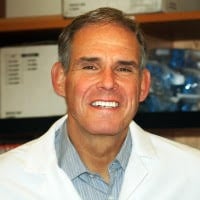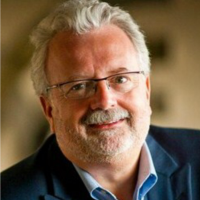When I meet friends for wine and movies I bring cashews also.
http://www.mensjournal.com/health-fitness/nutrition/the-case-for-cashews-20140305
Two handfuls of cashews each day may keep depression at bay. A
growing body of research has found that in lieu of taking a prescription
drug, some people can turn to foods that are high in tryptophans, like
cashews. Depressive episodes are often triggered when the body drops in
serotonin and tryptophans can boost it again, but people tend to turn to
nutrition as a last resort. One more natural source of tryptophan is
cashews. "Several handfuls of cashews provide 1,000-2,000 milligrams of
tryptophan, which will work as well as prescription antidepressants,"
says Dr. Andrew Saul, a therapeutic nutritionist and editor-in-chief of
Orthomolecular Medicine News Service. The body turns tryptophan into
serotonin, a major contributor to feelings of sexual desire, good mood,
and healthy sleep.
The high levels of magnesium and vitamin B6 found in cashews may also
help to stabilize mood. Approximately five ounces of cashews a day will
provide a middle-aged man with his daily-required magnesium intake, a
nutrient that, when low, can trigger mild depression. Vitamin B6 lends a
hand to converting tryptophan into serotonin and helps magnesium enter
into the body's cells. It's likely a trio of nutrients that help with
depression. "You don't want to think that one individual nutrient is the
magic bullet," says Saul.
How
are our brains wired? How are pathways between neurons organized? What
patterns of connections allow us to think the way we do, or distinguish
our ways of thinking from those of other animals? These and related
questions are the bread and butter of an excellent new textbook.
FUNDAMENTALS OF BRAIN NETWORK ANALYSIS
By Alex Fornito, Andrew Zalesky and Edward Bullmore, 2016 Elsevier (Academic Press) ISBN 978-0-12-407908-3 Price: £60.99
Fundamentals of Brain Network Analysis
by Fornito, Zalesky and Bullmore, is a thorough and didactic
presentation of the tools available to research scientists wishing to
engage in the emerging field of network neuroscience (Bullmore and Sporns, 2009).
Blending computational tools and mathematical frameworks from physics,
engineering, statistics, and computer science with the reams of data now
being collected from diverse neural systems, network neuroscience is a
truly interdisciplinary and ground-breaking field poised to transform
our understanding of the brain. Rather than focusing solely on the
function of single neurons or brain regions, these efforts expand the
purview of our interests to the pattern of interactions between neural …


